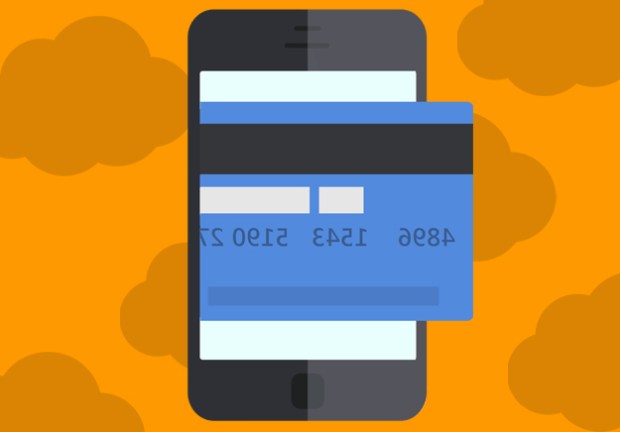A Different Spin On Digital Wallets

Despite the often-declared goal of digital wallets to let users leave their physical wallets at home, a startup called StreetSmart is going about the problem a different way: Giving the traditional wallet a high-tech makeover with backup battery and Bluetooth locator to recharge a phone or find it if it’s lost.
Despite the often-declared goal of digital wallets being to let users leave their physical wallets at home, a startup called StreetSmart is going about the problem a different way: Giving the traditional wallet a high-tech makeover, according to Finextra.
The crowdfunded SmartWallet — which is really more like a leather money clip with a separate pocket for IDs and payment cards — contains a Bluetooth Low Energy locator, USB sync cable and a 1000mAh backup battery. The wallet can be paired with a phone through an iOS or Android app, so either one can locate the other — the phone can track the wallet’s location through GPS or by making it sound an alarm, while the wallet can make the phone ring.
When the phone and wallet are too far apart for location via the BLE link, the wallet saves the last known GPS coordinates and sends a text message. If the phone is lost, the user can sign in to the SmartWallet app on another device to retrieve the location information, and press a button on the wallet to ring it.
Along with powering the wallet, the built-in battery can also be used as a power bank to give the phone an emergency charge. The wallet comes with either a microUSB or Lightning cable, and recharges through a standard USB charger.
The company has launched an Indiegogo campaign to raise $10,000 for the wallet, which is scheduled to ship in March with a retail price of $99. That’s not the first round of funding for the Boston-based project, though — in September, StreetSmart ran a Kickstarter campaign for the project that raised $36,000. At that time the plan was for a low-end version of the wallet for $129 with just the BLE locator function, as well as a high-end version for $199. That high-end version is now the only version — at half its original price.
While a physical wallet with added technology may seem to be thumbing its nose at the idea of the digital wallet, there’s more synergy between the two than is obvious at first glance. One of the biggest knocks against digital wallets is that if a phone goes dead, so does the digital wallet — although, as StreetSmart co-founder Stephen Lamarre points out, “No one wants to carry around a phone charger or a backup battery.” A flat battery built into a wallet? Surprisingly sensible.
More to the point, cash hasn’t disappeared, and isn’t likely to any time soon. Many IDs could theoretically be converted to digital form, but that’s not the default for most of them — including IDs and drivers licenses issued by most state Divs. And while payment cards, receipts, coupons and loyalty cards may all be handled digitally by all merchants someday, the concept of “leave your wallet at home” will still be more hype than hope for at least as long as a new wallet is likely to last.
